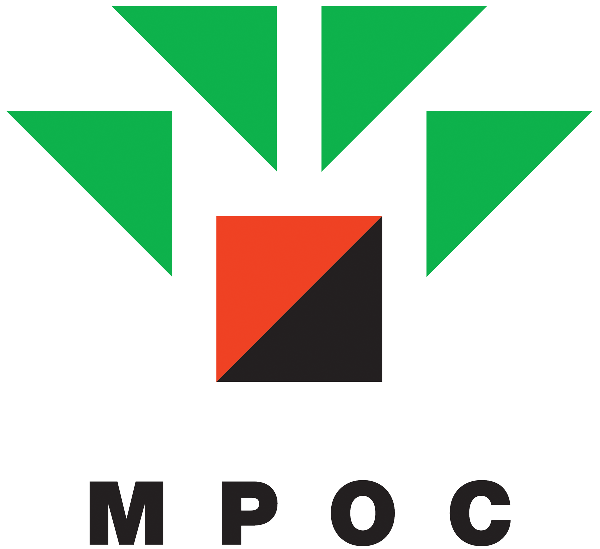Kuala Lumpur, 22 September 2025 – Malaysia’s palm oil production rose 43,000 MT (+ 2.4% Monht-on-Month) to 1.85 million MT in August, driven mainly by higher output in Sabah and Sarawak, which increased by 13,000 MT and 50,000 MT respectively. In contrast, production in Peninsular Malaysia began to decline after peaking in July.
Exports in August were largely unchanged from July at 1.32 million MT. Shipments to the Asia-Pacific region, Sub-Saharan Africa, EU-27, North Africa and the Middle East recorded month-on-month increases, while exports to the Americas and South Asia posted marginal declines.
With rising production and flat exports, palm oil inventories increased to 2.20 million MT in August, the highest level since January 2024. Inventories are projected to rise slightly in September and October before easing in November, as production in Sabah and Sarawak has yet to reach its seasonal peak. Despite the recent increase in inventories, Malaysia’s palm oil stocks remain manageable, still well below the 2018 to 2019 levels of 2.5 to 2.7 million MT.
Palm oil was the price leader in the vegetable oil complex in Q3, rising 10.9% from the previous quarter. During the same period, sunflower oil prices increased 5.1% and soybean oil rose 3.8%, while rapeseed oil declined marginally by 0.7% after China imposed a 75.8% import duty on Canadian canola. Despite the mixed performance, sentiment across the broader vegetable oil market remained positive, with momentum expected to continue into Q4.
Looking ahead, consumption of the four major vegetable oils in 2026 is projected to outpace production growth, resulting in a modest supply deficit. Stronger soybean oil demand in the US and Brazil, driven by higher biodiesel mandates, is expected to tighten global soybean oil export availability. At the same time, Indonesia’s exportable palm oil could fall below potential if the government raises the biodiesel mandate to B50. These factors are likely to keep vegetable oil prices supported through the remainder of 2025.
Global soybean production growth is expected to slow sharply to 2.5 million MT in 2025/26, down from the 27 million MT increase in 2024/25, as farmers in the US and Argentina shift acreage to more profitable crops. Current soybean prices of USD10.40 per bushel on the CBOT exchange are below the estimated US production cost of around USD11.03 per bushel, according to the American Soybean Association. Although global soybean production will still exceed consumption in 2026, the pace of stock accumulation is expected to slow significantly compared with the past three years, reducing downward pressure on soybean prices.
Vegetable oil inventories in key importing countries have also rebounded. India’s vegetable oil stocks rose 41% to 1.86 million MT in August 2025, up from 1.33 million MT in May. In China, vegetable oil inventories have been rising since May, reaching 2.4 million MT in August 2025, 21% higher than a year earlier. Palm oil stocks in China stood at about 646,000 MT as of mid-September, equivalent to around three months of supply without imports.
Palm oil production will enter its low season in November, with stocks expected to decline after peaking in October. Over the next few weeks, palm oil is projected to trade between RM4,200 and RM4,500. The upside is capped by weak demand from key markets, while support comes from uncertainty in exportable supplies, mainly palm oil from Indonesia and soybean oil from the US and Brazil due to biodiesel policies. Additionally, crude oil prices have stabilised around USD60 per barrel, with potential for appreciation providing further support to vegetable oils.
For more information on MPOC and Malaysian palm oil, visit www.mpoc.org.my





